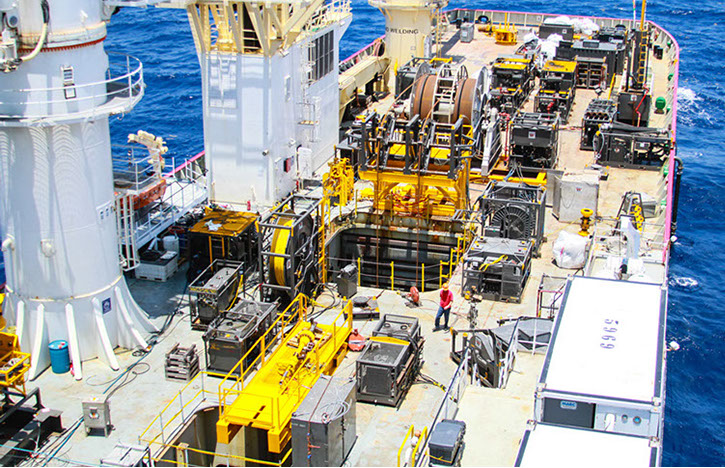 - Level 3-4.jpg)
 - Level 3-4.jpg)
The course will feature:
By the end of this BTS training course, participants will be able to:
Personnel concerned with well intervention operations (wire-line, coiled tubing, snubbing, workover): engineers, supervisors and operators who have to plan, supervise or carry out well intervention operations
This interactive Training will be highly interactive, with opportunities to advance your opinions and ideas and will include;
Principles & Well Fundamentals
Completion Operations: Principles, Procedures and Equipment
Pressure Control Applied To Completion & Well Intervention
Completion Equipment
Wire Line Intervention
Coiled Tubing
Snubbing
Wireline Operations
BTS attendance certificate will be issued to all attendees completing minimum of 80% of the total course duration.
| Code | Date | Venue | Fees | Register |
|---|---|---|---|---|
| DE165-01 | 16-02-2025 | Dubai | USD 5450 | |
| DE165-02 | 23-06-2025 | Kuala-Lumpur | USD 5950 | |
| DE165-03 | 14-09-2025 | Dubai | USD 5450 | |
| DE165-04 | 21-12-2025 | Muscat | USD 5450 |

This course is designed to fulfill the requirements for International Well Control Forum (IWCF) Well Intervention Pressure Control Qualification. It is assumed that the individual attending this cours ...
 – Level 2.jpg)
This course is suitable for personnel involved in drilling / workover completions who are preparing to attend a well control school for the first time. This course must be taken prior to attending the ...
Providing services with a high quality that are satisfying the requirements
Appling the specifications and legalizations to ensure the quality of service.
Best utilization of resources for continually improving the business activities.
BTS keen to selects highly technical instructors based on professional field experience
Since BTS was established, it considered a training partner for world class oil & gas institution
1st floor, Incubator Buildingو Masdar City, Abu Dhabi, UAE
Sun to Fri 09:00 AM to 06:00 PM
Contact Us anytime!
Request Info